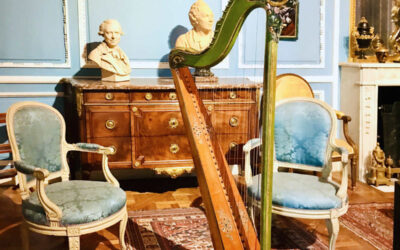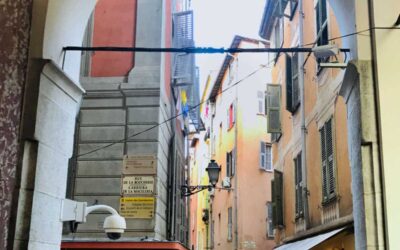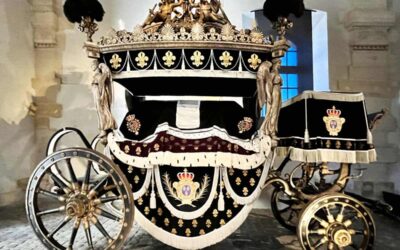If there ever was a Renaissance man, it was French King François 1er (premier). Known as “Francis 1 of France”, this was a King who was the ultimate trendsetter of his time.
He was known as a lover of the arts and literature, becoming renowned for his fine tastes in architecture, sculptures and paintings. He put Paris and France at the forefront when it comes to being one of the cultural capitals of the world. Move over, Florence, it was time for the City of Light to shine.
And how better to upstage the Italians than lure one of their greatest artists, Leonardo da Vinci over to France? Francis 1 is probably best remembered for becoming the patron of famous artists like Leonardo da Vinci and writers like Guillaume Budé, and assembling an immense collection of artworks and a magnificent library.
But his reputation was deeply maligned by a fateful war he undertook against his grand rival, the Habsburg King Charles V. The consequences of the war would push Francois to seek out the “new world” of North America to reclaim his reputation.
Today, he is one of the among the most famous Kings in French history taught in schools across France. So let’s look at a few facts about Francis I of France, his family life, his accomplishments, and his legacy. Allons-y!
1. He was born in the town of Cognac.
Francois 1 was born on 12 September 1494 at the Château de Cognac in the town of Cognac, in what was then the Duchy of Aquitaine.

He was the son of Charles, Count of Angoulême and Louise of Savoy, and a great-great-grandson of King Charles V of France. He had one sister who was 2 years older than him, Marguerite (who would in time become grandmother of Henri IV, another famous French King).
As a member of the junior royal branch, the House of Valois, baby François was the 3rd cousin of the King Charles VIII and far removed from the line of succession. He and his family were not expected to inherit the throne.
2. He became the heir presumptive at 4 years old.
François’s father died when he was 2 years old, leaving his 19-year-old mother Louise a widow. She herself had not reached her majority yet.
King Charles VIII would soon die prematurely as well, leaving another cousin King Louis XII on the throne.
King Louis XII had 2 daughters, and with the lack of male heirs available (women were not allowed to inherit under salic law), young François was now the heir presumptive at 4 year-old.
3. He grew up in Amboise in the Loire Valley.
Under the care of his official guardian, a powerful lord named Pierre de Rohan-Gié, François came to the Château of Amboise at 4-years old with his mother Louise of Savoie and his sister Marguerite.
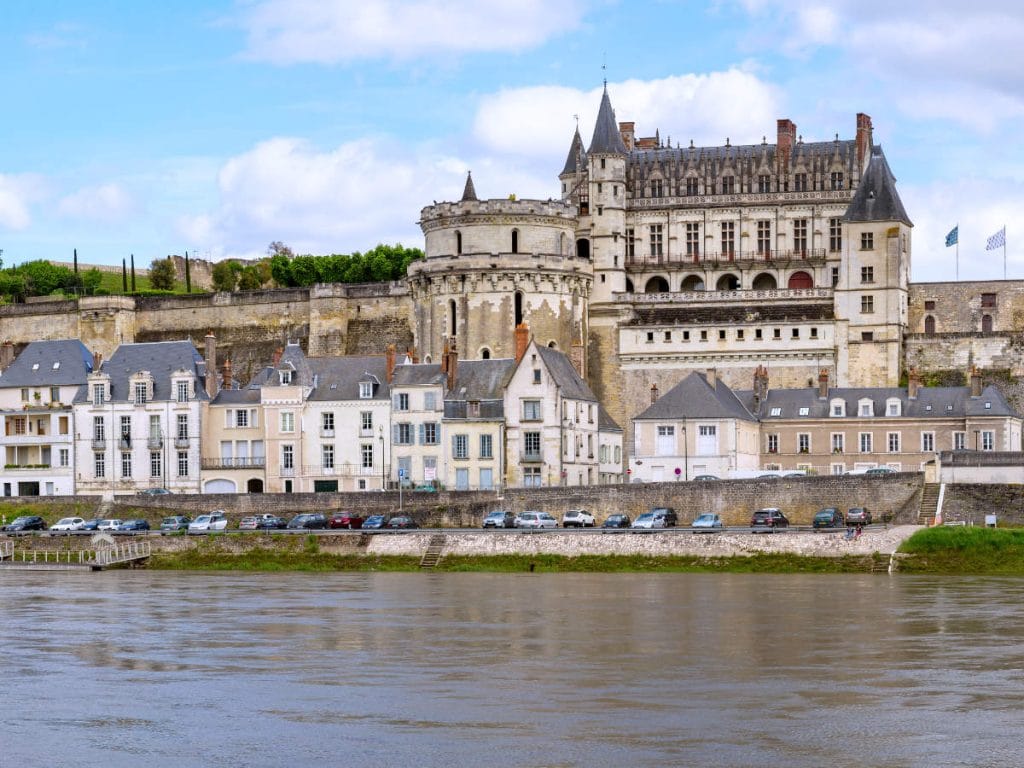
He was very close to his mother and sister, and the happy times here would make him keep lifelong ties with Amboise and the Loire Valley after he grew up and became King.
4. He married Claude of France.
Louis XII and his wife Anne de Bretagne (Duchess of Brittany) would not have any surviving male children.
So they married their daughter Princess Claude to her cousin François I. The couple married in 1514. Francois was 19 years old, while Claude was 15.
5. He became King of France at 20 years old.
King Louis XII died a few months after the wedding, making 20-year-old François I King of France. As was tradition, he was crowned in 1515 at the Cathedral of Reims.

It is the 16th century, and with the wars with England have reached an uneasy truce, and it is the era of the Renaissance.
6. He waged war in Italy.
Through his great-grandmother, Francois I held dynastic rights over the Duchy of Milan. Once King of France, he decided to assert his rights (with the French army in tow) and mounted an expedition to take possession of this duchy.
France had been at war with several Italian territories previously, and this is seen as a chance to avenge the previous French defeats. He would have mixed success, waging war several times with rather dubious results.
7. He tried to become Holy Roman Emperor.
Along with Italian territory, the position of Holy Roman Emperor was up for grabs in 1519, with the death of the previous emperor. Francois decided he should be in running.
His big rival was Charles V, the duke of Burgundy (and King of Spain and Austria). Charles was part of the powerful House of Habsburgs and was actually supposed to marry Claude before François I stepped in.
With Charles V amassing a large army near the place of the vote in Frankfurt, and François unable to raise the funds to buy the necessary votes, Francois fails in his quest. Charles V becomes Holy Roman Emperor, instead of François.
8. He held the “Field of the Cloth of Gold” with King Henry VIII of England.
In order to compete with his grand rival Charles V of Spain, François began courting the English King Henry VIII (of 6 wives fame). He held a grand summit with King Henry VIII called “Field of the Cloth of Gold” in 1520 in what is today Pas-de-Calais.
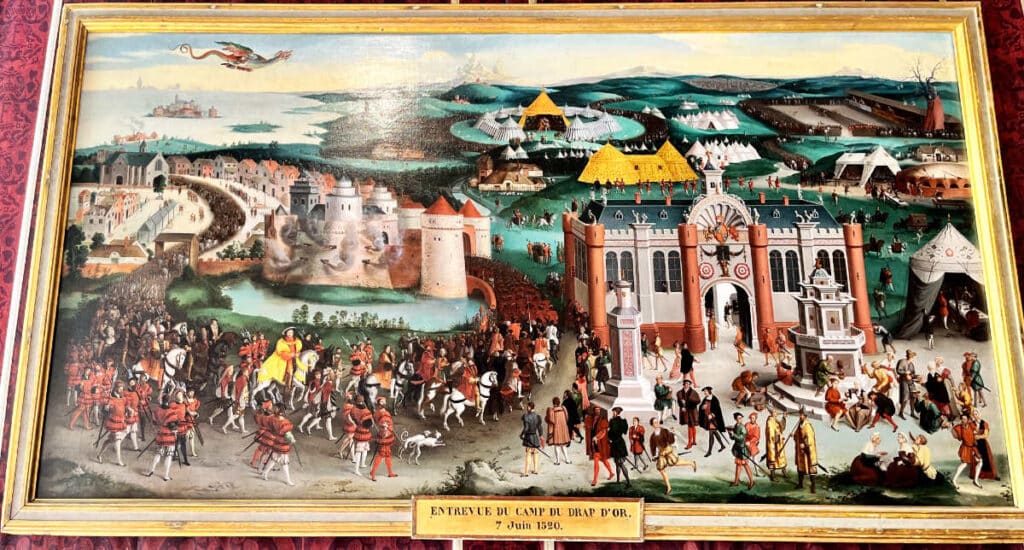
It was a very expensive display of wealth by both kings, and was meant to increase their bonds of friendship. It is believed that Anne Boleyn was at the summit as well, as at the time she was 15-years-old and a member of Queen Claude’s household in the Loire.
While the summit lasted a fortnight and was a lavish display of wealth and diplomacy, the two Kings failed to reach any agreement.
9. He and Claude had 7 children.
While François was off trying to expand his Kingdom, his wife Claude was busy having children. She was rather quiet and not really involved in court matters, however she did arrange for her childhood home of Château de Blois to be renovated as a base for her and the family.
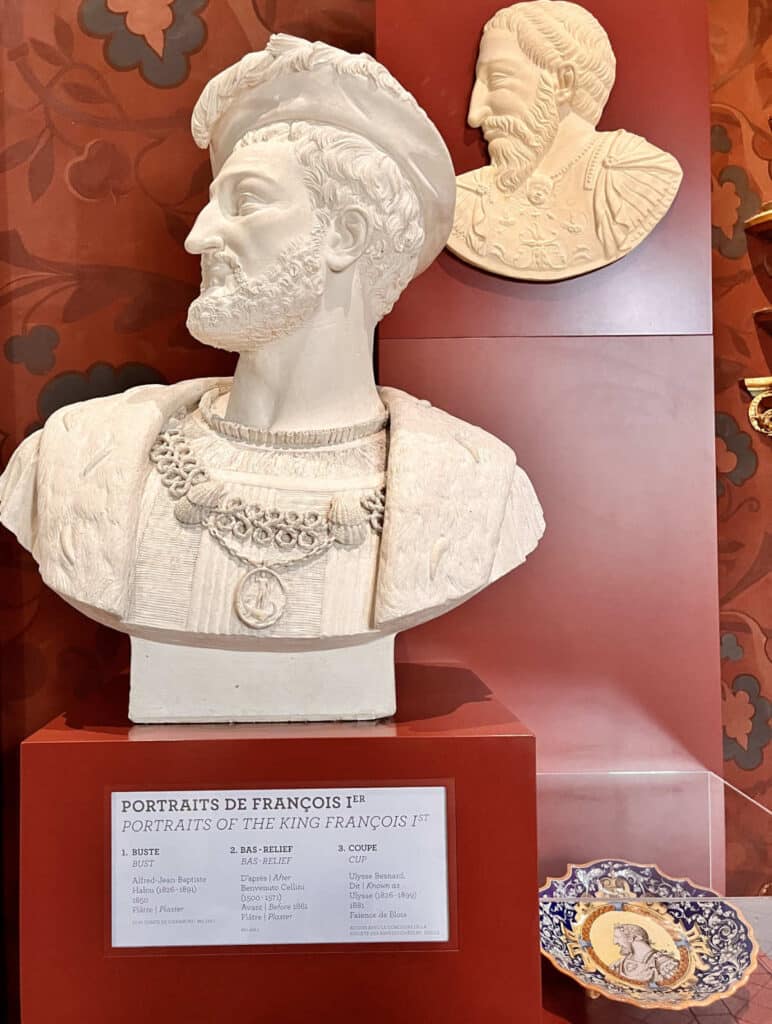
However, she and François had 7 children in quick succession, and she died at the age of 24 in childbirth. After she died, François 1er lost interest in Blois.
He moved many of the furnishings and the magnificent library that had been assembled at the Château de Blois. It is this library that would become the foundation for France’s Bibliotheque Nationale.
10. He built Château de Fontainebleau.
The original fortress/hunting lodge in the forest of Fontainebleau dates back to 1134. “The house of Kings” as it is called, is about 60km south of Paris and surrounded by forests with a lot of deer and other game, making it a big attraction for royalty.
Each subsequent royal made large scale changes to the Château de Fontainebleau, but the two royals most associated with it are François I and later, Napoleon Bonaparte.

François I reconstructed much of it, to resemble how it looks today. In honor of his achievements, he carved his initials “F” everywhere. (His son Henri II then inherited the château, and promptly also put “H” everywhere.)
11. He was taken prisoner by Charles V of Spain.
Francois continued to try to outdo his grand rival, Charles V of Spain. In 1525, he was defeated during the war known as the Four Years’ War. Francis was actually taken prisoner and held captive in Madrid.
In a letter to his mother he wrote, “Of all things, nothing remains to me but honour and life, which is safe.” This line has come down in history famously as:
“All is lost save honour”.
François I of France
12. He sent his sons as prisoners in exchange for his freedom.
Francois had to make major concessions to Charles V in the Treaty of Madrid (1526). Along with ceding territory, he agreed for his two oldest sons, Francois III and Henri II to be kept as hostages of Charles V in exchange for his own freedom.
The two young boys were 6 and 7 years old when they were sent into captivity to Spain, where they would stay for 4 years. It is this defeat and captivity that taints the image of François I, which is often seen as having disgraced France.
In addition to his sons, François had to agree to marry the sister of Charles V, Eleanor of Austria.
13. He married Eleanor of Austria.
Eleanor was the sister of Charles V and had already previously been married to the King of Portugal, with whom she had children. When she found herself a widow, Charles arranged for Eleanor to marry François as a way to build family ties between the two rivals.
Eleanor, along with Francois’s young sons who had been held hostage, were sent to France. Eleanor was crowned Queen of France when she married to Francois on 4 July 1530. François ignored her for much of their marriage as he felt he had been forced to marry her under duress. They had no children.
14. François I makes Paris his official residence.
In 1528, after returning from captivity in Spain, French King François I finally decided to make Paris his official residence.
Paris is not a city, it’s a world.
Famous French quote about Paris by Francois I
He decided on the Louvre as his home, and brought down the Grosse Tour du Louvre in his push to bring the Palais du Louvre up to Renaissance standards.

He ordered a large scale renovation in the Italian renaissance style, with ceremonial rooms, ballrooms, royal apartments and more.
15. He built an extensive art collection
He also started to acquire artworks from across the continent in order to fill its walls. Francois’s agents traveled across Italy and the rest of Europe, buying artwork.
Many of pieces in the Louvre’s immense collection date back to François’s time. François also tried to convince artists like Michalangelo to move to Paris.
16. He was a “man of letters”.
Francois began to support a number of major writers of the period, along with being an enthusiastic poet himself. He started expanding the royal library, hiring agents in Italy to look for rare books and manuscripts, just as he had agents looking for artworks.
France was now becoming a cultural center for art and literature that would attract the great artists, painters, sculptors, and writers of the Renaissance.
17. He became the patron of Leonardo da Vinci.
As the Duke of Milan (a contested title), François I met Leonardo da Vinci on one of his visits to Milan. He offered to host the Italian Master Leonardo da Vinci, giving him a stipend and lodging near his childhood home in Amboise.
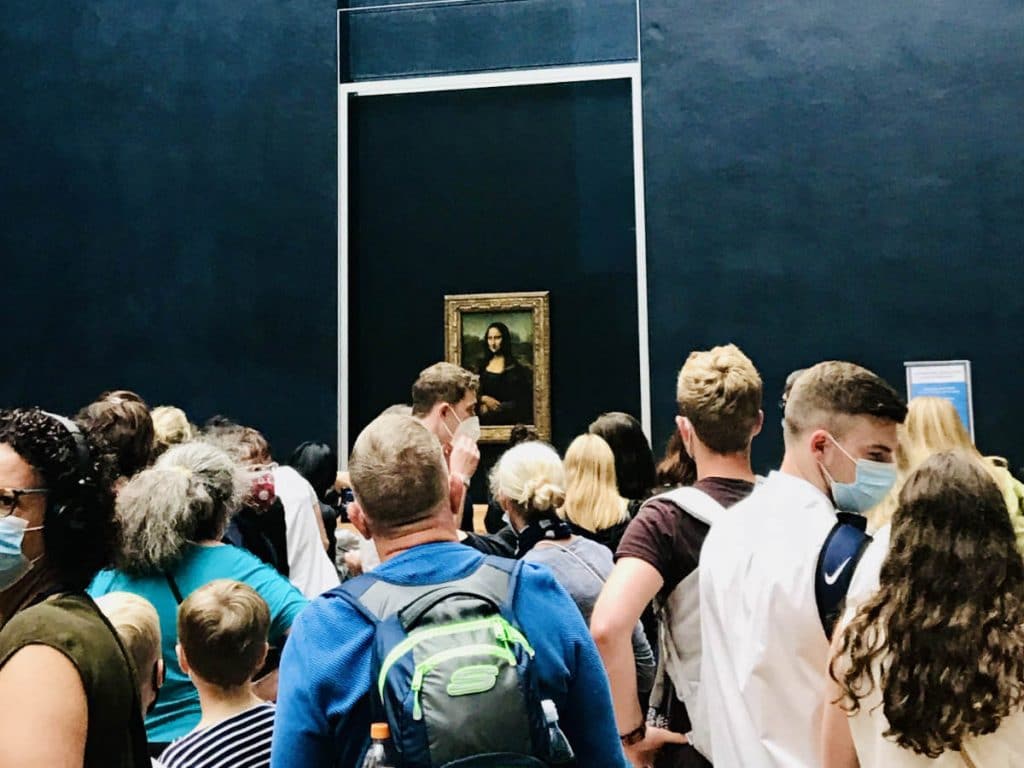
Da Vinci moved to France in 1515 at the age of 64, arriving with chests full of notes and sketchbooks, along with 3 of his most famous paintings, the “Mona Lisa“, “Virgin and Child with St. Anne” and “St. John the Baptist“.
François Ier put him up at the Château de Clos Lucé and gave him a rich allowance to continue his work. Upon his death 3 years later, his work became the property of the French King, which why many of those famous works are conserved in the Musée du Louvre, with his sketchbooks in vaults owned by the French Govt.
It is said that there was an underground passage between the Château d’Amboise and Clos Lucé for François I to visit his favorite artist as he pleased.
18. He officialized Jeu de Paume (tennis).
The ancestor of all racket sports, the Jeu de Paume was first officialized by French King François I in 1527.
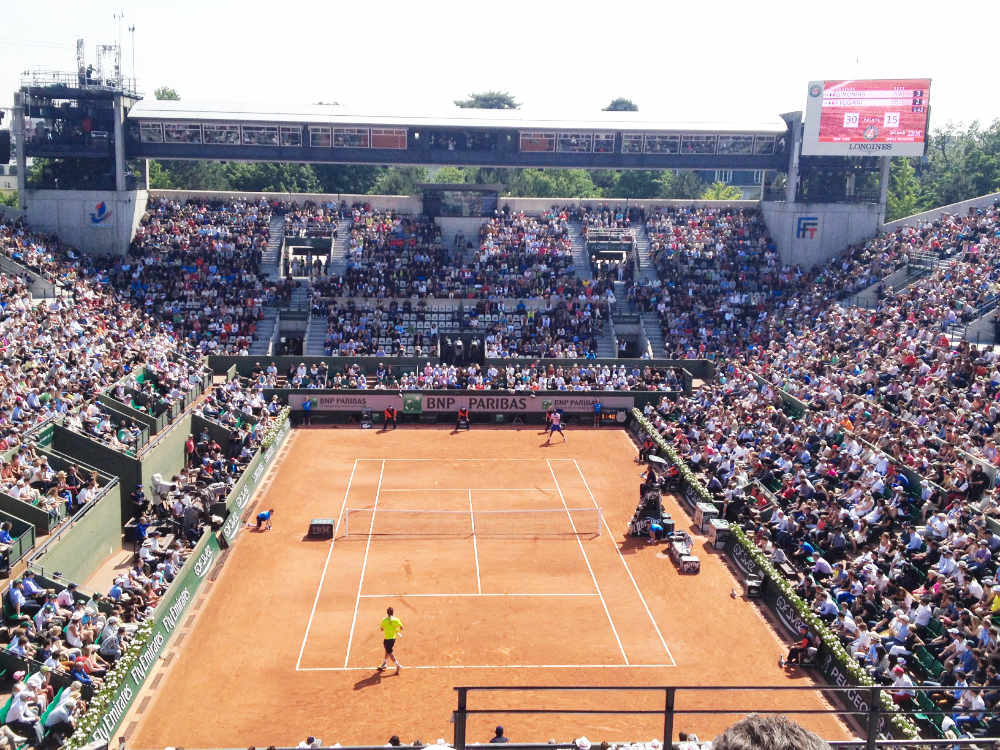
He codified the rules and built tennis courts, encouraging participation among his courtiers and commoners alike. Today tennis is one of the most popular sports in France.
19. He seized Château de Chenonceau
One of the most beautiful châteaux in the Loire Valley, Château de Chenonceau came into royal possession when François I seized it in 1535. It had been owned by the Bohier family when it was seized for unpaid debts.
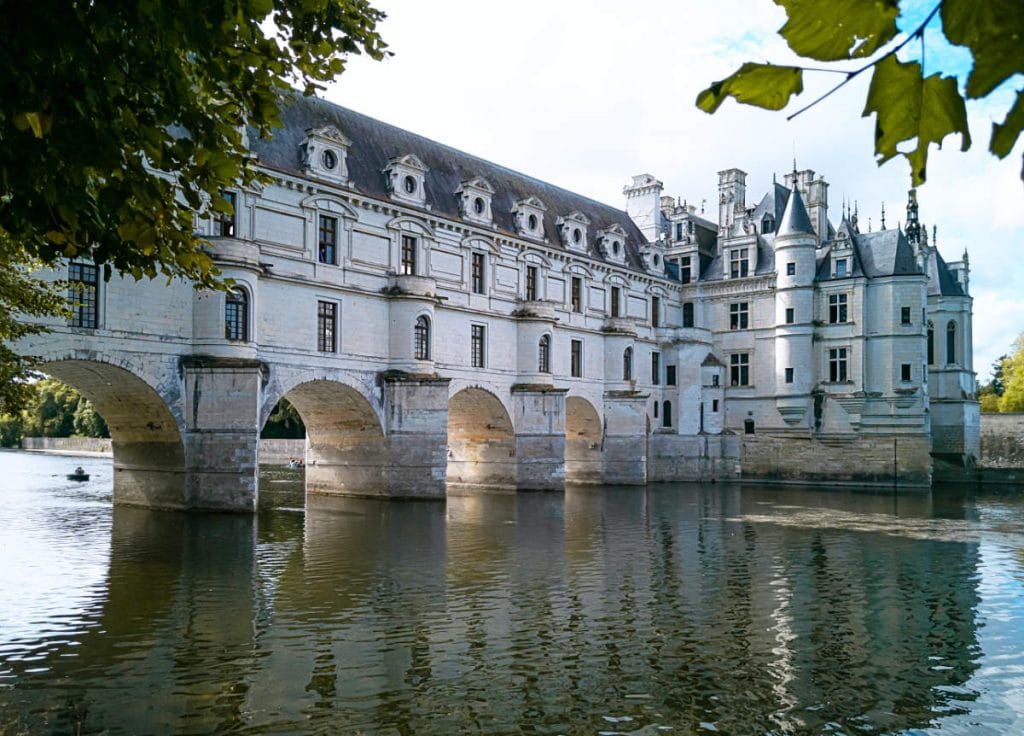
François I’s son, Henri II then gave the Château to his favorite mistress Diane de Poitiers (which later led to all sorts of interesting drama).
20. He sent Jacques Cartier to Canada.
At the time, several European explorers had set off looking for a western passage to the wealthy markets of Asia. With Charles V’s stronghold in Europe, François I began looking overseas to expand his power base.
He sponsored several trips, looking to beat the English, Dutch, and Spanish. On April 20, 1534, French explorer Jacques Cartier set sail from his hometown of Saint-Malo under a commission from King François I.
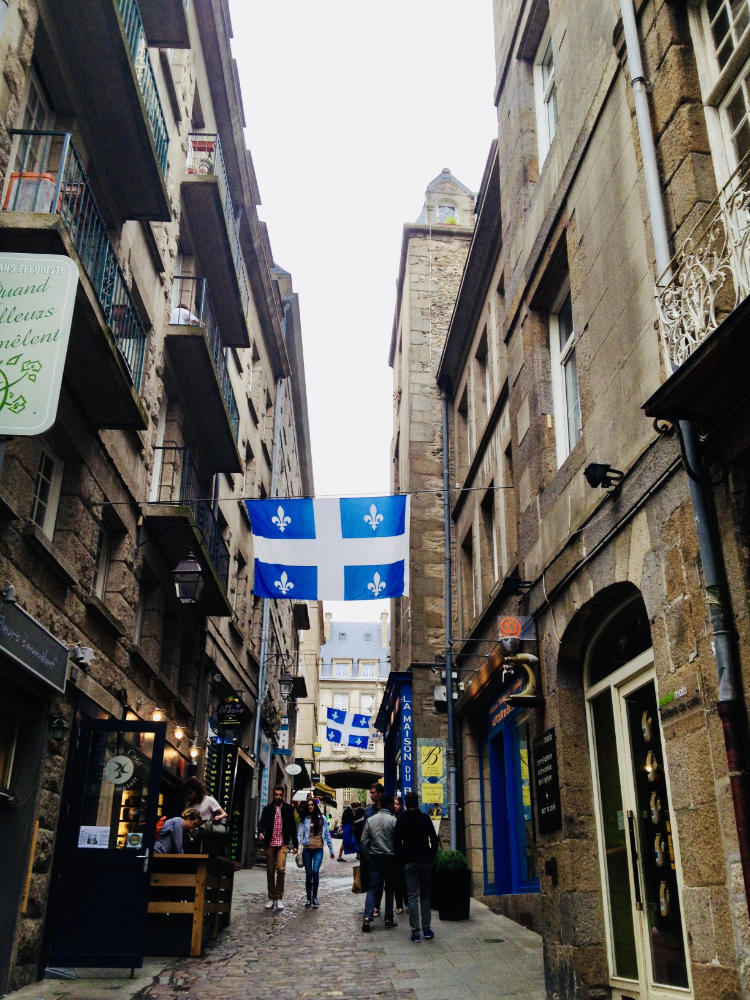
Cartier actually ended up on the east coast of Canada, in the gulf of the St. Lawrence river, landing in what is today Newfoundland and Quebec.
He would make several trips to the area for François I. It was the start of the French colonial expansion, and settlement of lands in the Americas.
21. He built the initial fortification for Notre Dame de la Garde in Marseille.
When French King François I paid a visit to Marseille, he decided that Marseille was poorly defended against Charles V in neighboring Spain.
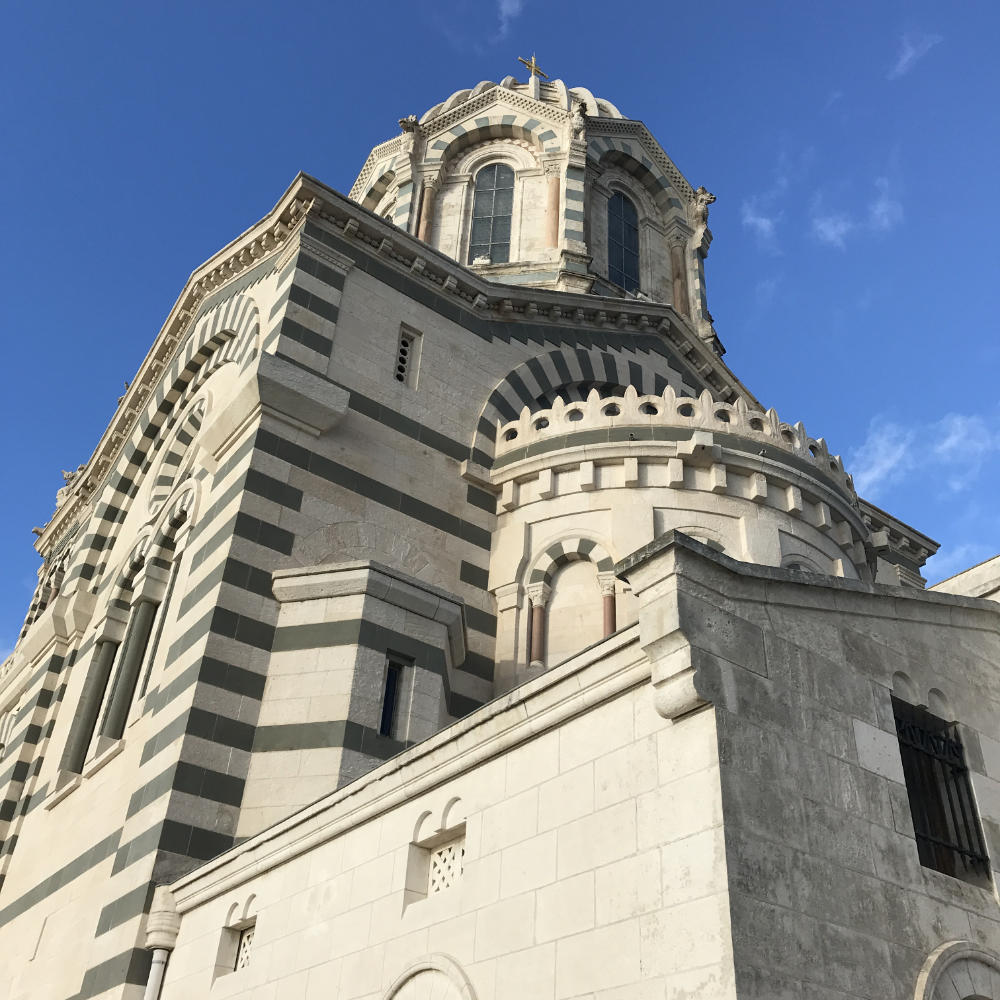
He realized that an excellent spot for his battlements would be on top of this hill which overlooked the entire city, and set about making the Basilica bigger, with surrounding fortifications.
As the Basilica grew in stature, local sailors and fishermen started giving thanks to La Bonne Mere for keeping their safe on their travels.
22. He made French the official language of France.
At the time not all the people in France spoke French. Rather people spoke the language of their region.
| Regional Languages in France | Spoken in |
|---|---|
| Alsacien | Alsace |
| Arpitan | Near Switzerland and Italy, including Rhône Alps |
| Basque | Near Spain (known as Basque Country) |
| Breton | in Brittany |
| Catalan | Near Spain (Known as Catalan) |
| Corse | Island of Corsica |
| Flamand | North of France, including Dunkerque |
| Francique Lorrain | Near Luxembourg, including Moselle |
| Occitan & Provençal | South of France, including Marseille |
In 1539, French King François I banned the use of most of these regional languages and insisted on a new language he called “françoys“ be used for all official purposes. (Have you noticed the name bears a strong resemblance to his own name?)
François I was mostly successful in wiping out the other languages, but some pockets of resistance remain. Today Alsatian, Corse, and Breton are still taught in French schools in those regions, and the metro in the city of Toulouse is officially bilingual in French and the Occitan language.
23. His symbol was the salamander.
All across Cognac, Amboise and Fontainebleau, you will notice tiny carvings of salamanders, the emblem of King François I. It was the symbol of the Count of Angoulême, the title he inherited from his father.
His long nose earned him the nickname François du Grand Nez (meaning “Francis of the Big Nose”), and he was also known as le Roi-Chevalier (“the Knight-King”) or le Roi-Guerrier (“the Warrior-King”).
24. He died at the age of 52.
After over 30 years on the French throne, François I died at the Château de Rambouillet, at the age of 52 in 1547. His wife Eleanor would leave France after his death.
His oldest son had died of illness before his father, having never fully recovered from his time as a prisoner in Madrid. It would be Francois Ier’s second son Henri II would become King, along with his wife Catherine de Medici.
While son Henri II would only rule for 10 years, it would be Catherine who would go on to become one of the most powerful women in Europe, ruling in the name of their children.

If you enjoyed that article, you may like to read more about other French Royals. A bientôt!


